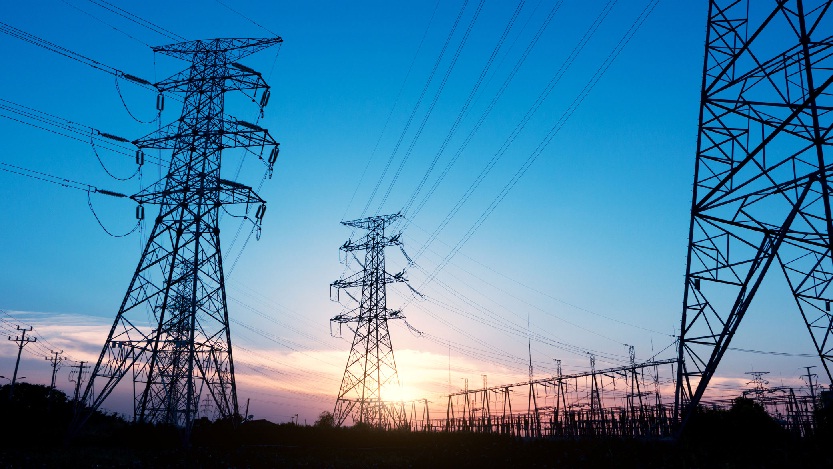With mercury levels soaring each passing day, the peak energy demand in Uttar Pradesh is estimated to breach 31,000 megawatt (mw) in the current summer season.
Last year, UP had recorded energy demand of more than 28,000 mw even as demand has already surged to 20,000 mw in the lean month of March 2024.
To balance the demand-supply mismatch, UP Power Corporation Limited (UPPCL) is hardpressed to arrange for additional power from sources other than captive generation.
So far, UPPCL has traded, under power banking system, for wheeling-in 5,500 million units (MU) from 11 states including Madhya Pradesh, Rajasthan, Telangana, Maharashtra, Karnataka, Gujarat, Punjab, Jammu & Kashmir, Himachal Pradesh etc.
Power banking is a bilateral arrangement between two power utilities to trade energy to match their respective seasonal variations of surplus-deficit matrix.
Generally, it is cash-less transaction, while such power banking or swap arrangements are routinely executed between power utilities in India.
Power banking offers a pool of cheaper energy for states. The beneficiary state feeds the partner state when excess power is available in comparatively lean months.
Last year, the UPPCL had arranged for 3,000 MU of energy from five states through power banking. It is estimated that the UP energy demand will jump to 53,000 mw by 2028.
Ergo, the state is ramping up renewable energy generation. UP is targetting to achieve 22,000 mw of solar energy generation in 4-5 years.
Moreover, the Yogi Adityanath government is looking to set up solar parks totalling 600 mw in Jalaun, Etah, Mirzapur, Prayagraj and Jhansi districts. The UP New & Renewable Energy Development Agency (UPNEDA) and Solar Energy Corporation of India (SECI) will jointly develop such projects.

